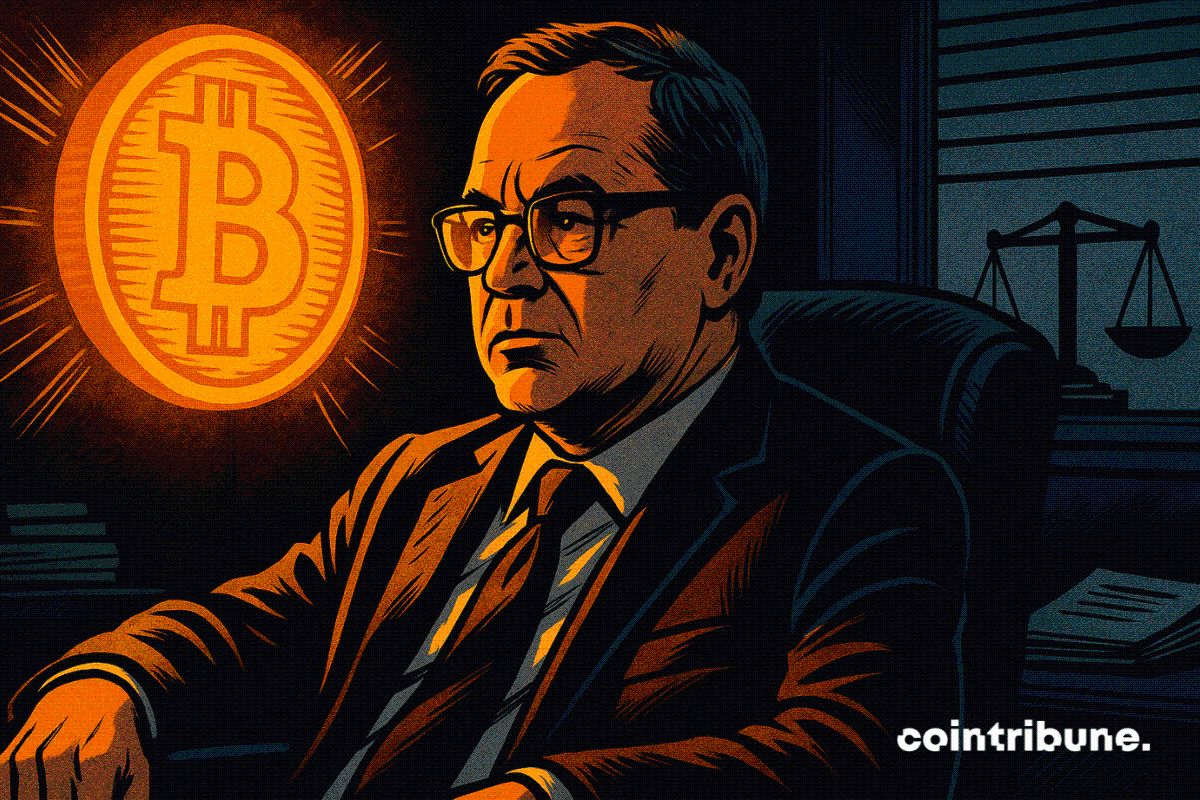The Expanding Pool of Public Interest Legal Professionals and What It Means for Impact Investing in 2025–2026
- Public interest law graduates are driving ESG investment strategies by addressing unmet legal needs and aligning with impact investors’ demand for measurable social and environmental outcomes. - Legal talent in environmental justice and civil rights litigation is reshaping corporate accountability, with ESG-related lawsuits rising from 884 in 2017 to 1,550 in 2020. - Regulatory advocacy by public interest lawyers influences ESG policy frameworks, as seen in challenges to the DOL ESG Rule and EU CSRD repo
The Rise of Public Interest Law Graduates
Careers in public interest law have expanded rapidly, with enrollment and job placement data showing a 210% surge in interest since 2022
Most public interest law firms are small, typically employing between 1 and 10 lawyers,
Legal Talent Drives ESG Investment Opportunities
The synergy between public interest law and ESG investing is most apparent in three main domains: environmental justice, civil rights litigation, and regulatory advocacy.
- Environmental Justice (EJ) and Corporate Responsibility
Environmental justice has become a significant risk consideration for asset managers, affecting both business operations and reputation. Companies that neglect EJ issues are increasingly vulnerable to lawsuits, as demonstrated bythe increase in ESG-related legal actions from 884 in 2017 to 1,550 in 2020. For instance,the U.S. Department of Labor's 2023 ESG Rule, which permitted fiduciaries to factor ESG considerations into retirement plans, encountered legal opposition from 26 states, illustrating the regulatory unpredictability in this arena. At the same time,the EU's Corporate Sustainability Reporting Directive (CSRD)is standardizing ESG disclosures, though delays in implementation highlight the challenges of harmonizing legal and financial systems.
Impact investors are increasingly emphasizing the integration of EJ,
- Civil Rights Litigation and Corporate Governance
Legal actions challenging discriminatory practices and corporate governance are redefining ESG investment standards. For example,the Oklahoma Energy Discrimination Act of 2022, which barred public pension funds from investing in companies boycotting fossil fuels, was overturned in 2024 for breaching fiduciary obligations. This decision established a benchmark for how courts weigh political motives against investor interests, a crucial issue for ESG-oriented funds.
Likewise,
3. Regulatory Advocacy and Policy Shaping
Public interest attorneys play a key role in influencing ESG policy through both advocacy and litigation.
Case Studies: Legal Disputes as Drivers of ESG Progress
The relationship between public interest law and ESG investing is best illustrated by recent legal developments:
The DOL ESG Rule Lawsuit:
The Texas-led lawsuit against the 2023 DOL ESG Rule, which was initially upheld in February 2025, highlights the federal government’s influence in setting ESG standards. The possibility of the rule being revoked under a new administration underscores the importance for investors to manage regulatory risks while supporting companies with robust ESG practices.Greenwashing Lawsuits in the EU:
With CSRD reporting deadlines approaching in 2026, businesses are increasingly exposed to legal challenges over unsupported ESG statements. This trend is fueling demand for legal professionals with ESG compliance expertise, creating a specialized niche for public interest lawyers to bridge corporate governance and social responsibility.

Looking Ahead: What This Means for Impact Investors
The expanding pool of public interest law graduates represents more than just an increase in supply; it is a strategic advantage for impact investors. By 2026,
Nonetheless, investors must proceed with caution.
Conclusion
The intersection of public interest law and ESG investing is accelerating, propelled by a new generation of legal professionals focused on social and environmental impact. For investors, this trend brings both significant opportunities and complex challenges: the chance to support projects aligned with global sustainability objectives, and the need to navigate a swiftly changing legal and regulatory environment. As public interest lawyers continue to influence ESG policy through advocacy and litigation, their role will be pivotal in shaping the future of impact investing.
Disclaimer: The content of this article solely reflects the author's opinion and does not represent the platform in any capacity. This article is not intended to serve as a reference for making investment decisions.
You may also like
Russia Moves Away From The Dollar With Yuan Bond Issuance

Blockchain’s Backbone Reinvented: Avail Connects Disparate Chains through Nexus
- Avail's Nexus Mainnet launches as a cross-chain execution layer to unify liquidity across Ethereum , BNB Chain, and other major blockchains. - Its intent-solver architecture optimizes transaction routing with multi-source liquidity, enabling seamless asset and user movement between chains. - Projects like Lens Protocol and Vanna Finance adopt Nexus for unified collateral management, using the AVAIL token ($0.0080) for governance and coordination. - Avail plans to expand Infinity Blocks to 10 GB per block

Bitcoin News Update: Will Strategy's 71-Year Bitcoin Reserve Withstand Industry Volatility?
- Bitcoin treasury firm Strategy claims 71-year dividend sustainability with $56B Bitcoin holdings, even if prices stagnate at $87,000. - Industry faces instability from JP Morgan boycotts and MSCI's 2026 index exclusion plan, risking automatic crypto sell-offs. - Strategy's 5.9x asset-to-debt ratio and Nasdaq 100 inclusion contrast with peers selling Ethereum reserves amid liquidity pressures. - Market debates long-term viability as Saylor insists on "HODL" strategy, but prolonged Bitcoin declines below $

Bitcoin News Update: Crypto Downturn Intensifies as Technical Indicators and Economic Factors Combine Against Bullish Sentiment
- Bitcoin faces bearish pressure with MACD sell signals and price below key EMAs, risking a 10% drop to $83,111 if support fails. - Ethereum's death cross pattern and XRP's weak technical structure highlight vulnerability near $3,000 and $2.00 support levels. - Macroeconomic uncertainty over Fed rate cuts and ETF outflows amplify downward pressure on crypto markets. - Bitcoin ETFs show fragile recovery with $74M inflow, while Ethereum ETFs face sustained outflows and bearish sentiment. - Speculative intere
